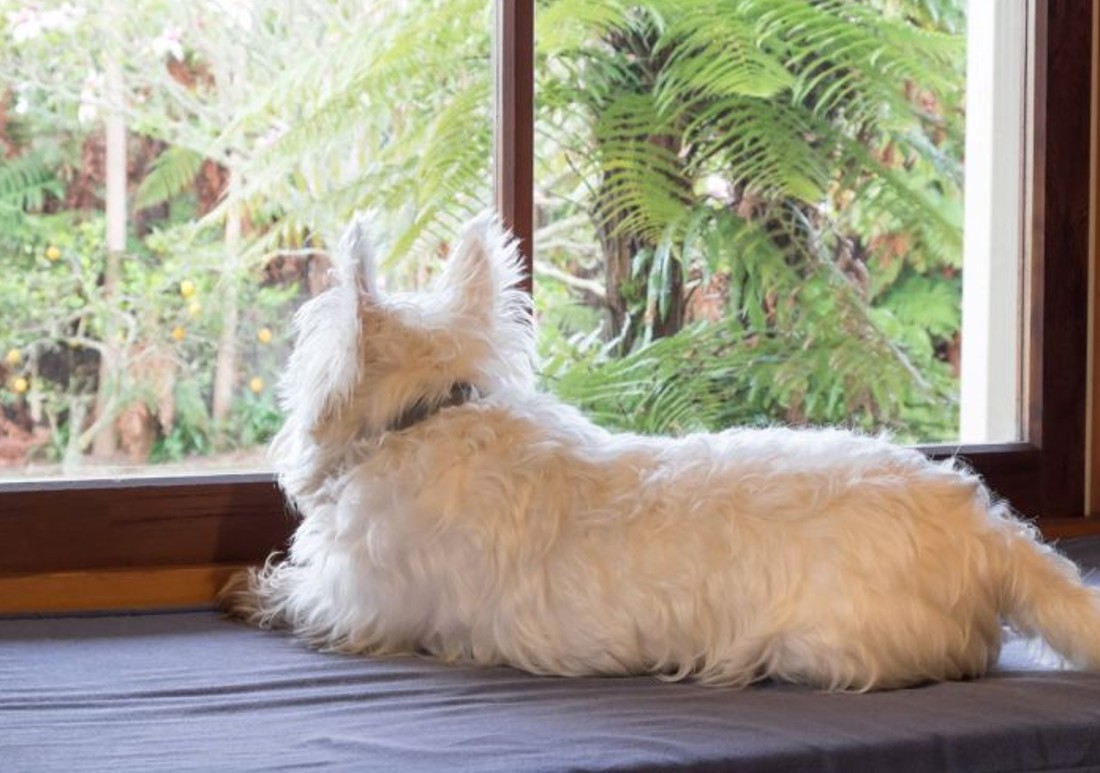How To Help a Dog With Separation Anxiety: Tips, Tricks, and Resources

Dealing with a dog suffering from separation anxiety can be a distressing experience for both pet owners and their furry companions. When a dog becomes anxious, exhibits destructive behavior, or displays signs of distress when left alone, addressing their separation anxiety becomes crucial.
In this comprehensive blog, we will provide valuable tips, tricks, and resources to help alleviate your dog’s separation anxiety. From understanding the signs to implementing effective techniques, such as gradual desensitization and counterconditioning, we will explore various strategies to create a secure and comforting environment for your beloved canine companion. Together, let’s help a dog with separation anxiety and restore their peace of mind.
Recognizing Separation Anxiety
Understanding the signs of separation anxiety is the first step in helping your dog. Behaviors such as excessive barking, destructive chewing, pacing, or inappropriate elimination when left alone may indicate separation anxiety. Differentiating between separation anxiety and other behavioral issues is crucial. Consulting with a veterinarian or professional dog trainer can help confirm the diagnosis and guide you in developing a tailored plan for your pet’s specific needs.
Gradual Desensitization and Counterconditioning
Gradual desensitization and counterconditioning techniques can help reduce your dog’s anxiety when separated from you. Start by gradually increasing the time you spend away from your pup, starting with short intervals and gradually extending them. Pair these absences with positive experiences, such as treats, puzzle toys, or calming music. This process helps your dog associate your absence with positive rewards, gradually lessening their anxiety.
Providing a Safe and Comfortable Environment
Creating a safe and comfortable environment is vital for dogs with separation anxiety. Set up a designated area or crate where your pet feels secure when you’re not home. Ensure they have access to fresh water, toys, and comfortable bedding. Consider using pheromone diffusers or calming sprays to promote relaxation. Music specifically designed for anxious dogs can also help soothe their nerves. Minimize environmental stressors such as loud noises or sudden changes that may exacerbate their anxiety.
Regular Exercise and Mental Stimulation
Physical exercise and mental stimulation are crucial in managing separation anxiety. Engaging your dog in regular exercises, such as daily walks or interactive play sessions, helps expend excess energy and reduce stress. Incorporate mental stimulation activities, such as puzzle toys, a dog lick mat, or treat-dispensing toys, to keep your pet mentally engaged and focused. A tired and mentally stimulated dog is more likely to remain calm and relaxed when left alone.
Seeking Professional Support
If your dog’s separation anxiety persists or becomes severe, seeking professional support may prove necessary. A veterinarian or a certified dog behaviorist can provide expert guidance and develop a comprehensive behavior modification plan tailored to your pup’s specific needs. They may recommend additional techniques, such as medication or desensitization exercises conducted under professional supervision. Remember, every dog is unique, and a customized approach may be necessary to address their specific separation anxiety issues.
Additional Resources and Support
There are various resources available to help you support your dog’s separation anxiety. Online forums, support groups, and reputable websites dedicated to canine behavior can provide valuable insights and advice. Consider attending training classes or workshops specifically targeting separation anxiety. Books and literature focusing on separation anxiety in dogs can also offer valuable knowledge and practical strategies. Patience, consistency, and understanding are key when helping your pet overcome separation anxiety.
Final Thoughts
Separation anxiety can be challenging, but with the right approach, patience, and support, you can help your dog cope and thrive. By recognizing the signs, implementing gradual desensitization techniques, providing a secure environment, offering regular exercise and mental stimulation, and seeking professional assistance when needed, you can make a positive impact on your dog’s separation anxiety. With time, effort, and unconditional love, you can help your furry friend feel more relaxed and comfortable when left alone.
Your Pet’s Best Interest, Always
At Pet Institute, we take pet care seriously. We're dedicated to transparency, impartiality, and the well-being of your pets in every article, review, and recommendation we provide. Our unwavering commitment to these principles ensures that you, our valued reader, always receive reliable and unbiased information. Let us be your trusted guide in the world of pet care and companionship.